Figures & data
Table 1. Pros and cons of two variations of an objective mode for establishing honey bee (Apis mellifera) colonies of uniform initial strength.
Figure 1. Investigators pre-stocking experimental hives with equal numbers of brood combs, honey combs and caged honey bee (Apis mellifera) queens in preparation for receiving worker bees from a common cage.

Figure 2. A frame with a grid in dm2 (1dm2 = 0.01 m2) is used to visually sum the surface area of honey bee (Apis mellifera) brood. Photo credit: Benoît Droz, Swiss Bee Research Centre, Agroscope.
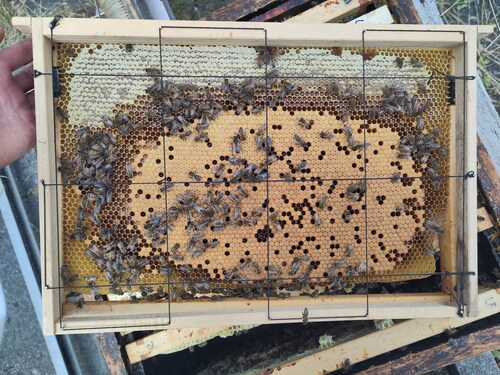
Figure 3. Nucleus honey bee (Apis mellifera) colonies are small enough to be weighed directly in the field, bypassing the need for intermediate hive-specific cohort cages.
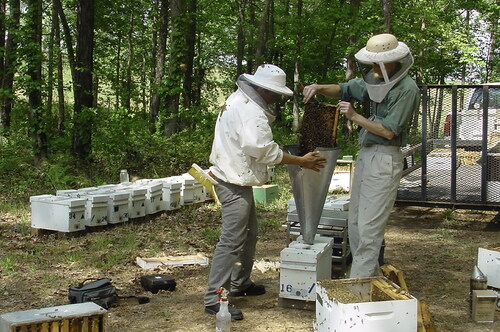
Figure 4. A ventilated cage made to hold a large common heterogeneous mixture of honey bees (Apis mellifera) for starting experiments.
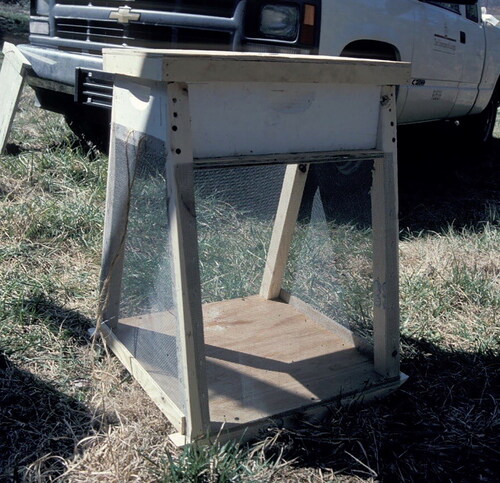
Figure 5. Honey bees (Apis mellifera) are transferred from the common cage to hive-specific cohort cages by use of cups or scoops.
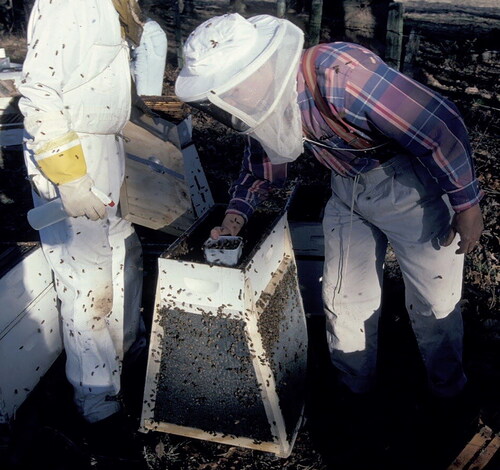
Table 2. Surface area of some regionally common frame types and expected honey bee (Apis mellifera) density when a frame is fully occupied by worker bees.
Figure 6. Mount where a comb is placed in a holder and the distance between the comb and camera is fixed to photograph its sides.
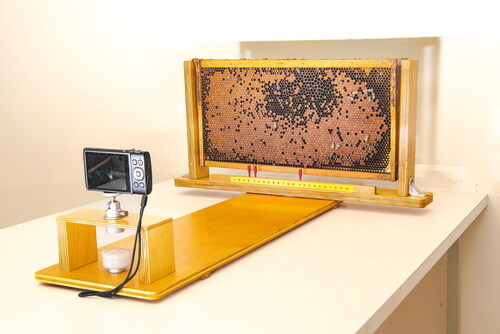
Figure 7. Outline of the method of Cornelissen et al. (Citation2009). Flow chart of computer assisted image analysis applying ImageJ software. Step 2 can be skipped by making the photos in a fixed position at which the distance between camera and frame is constant.
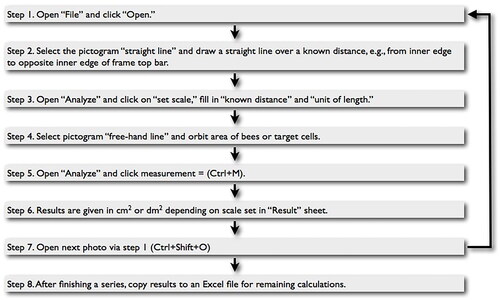
Figure 8. Example of a datasheet for converting raw observer data into colony honey bee (Apis mellifera) population.
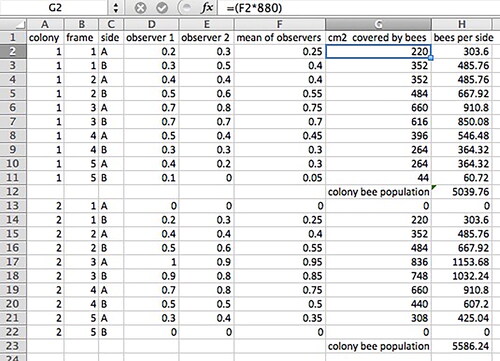
Figure 9. Example of a datasheet for converting raw observer data into cm2 of open honey bee (Apis mellifera) brood cells (see section Subjective mode).
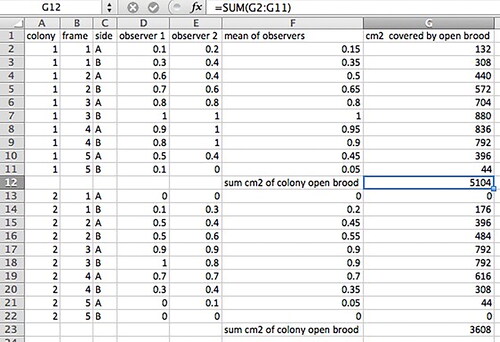
Figure 10. Example of a datasheet for converting raw observer data into number of open honey bee (Apis mellifera) brood cells.
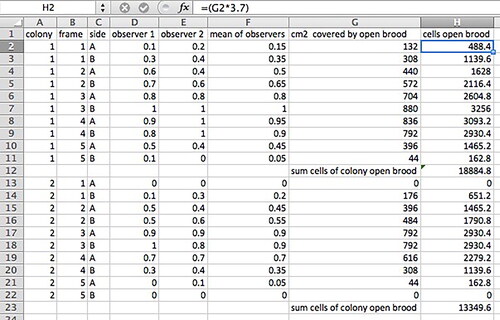
Figure 11. Outline of method of Yoshiyama et al. (Citation2011) for determining ratio of target surface: total comb surface. It is used with the OECD colour codes in .
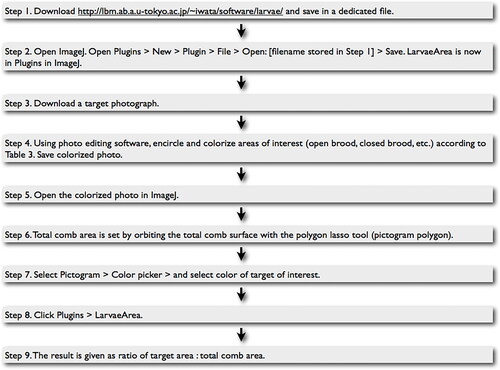
Table 3. Colour and number-coding of cell contents of honey bee (Apis mellifera) combs according to the Organism for Economic Cooperation and Development (OECD, Citation2007).
Figure 12. Beehive activity monitor (including a Doppler radar) located above the entrance of a hive, with solar panels as energy sources (from Cunha et al., Citation2020 with permission).
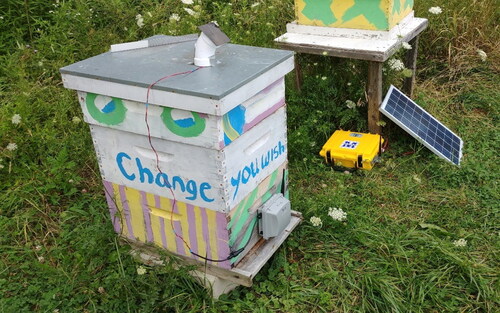
Figure 13. A piece of cardboard with a square equal in size to 10 × 10 cells is laid over a patch of honey bee (Apis mellifera) brood. Percentage brood solidness is measured directly as (100 cells screened minus the number of empty cells).
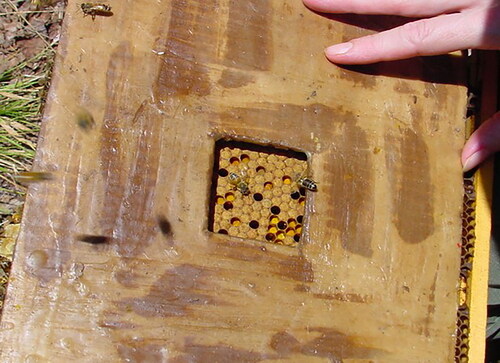
Figure 14. A cross-shaped 10 × 10 cm transect intersects in the middle of a patch of contiguous honey bee (Apis mellifera) brood, and every cell along the transect is opened and assessed for visible disorders.
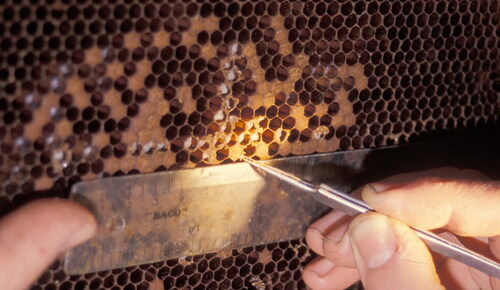
Table 4. Pros and cons of the objective and subjective modes for measuring honey bee (Apis mellifera) colony strength.
